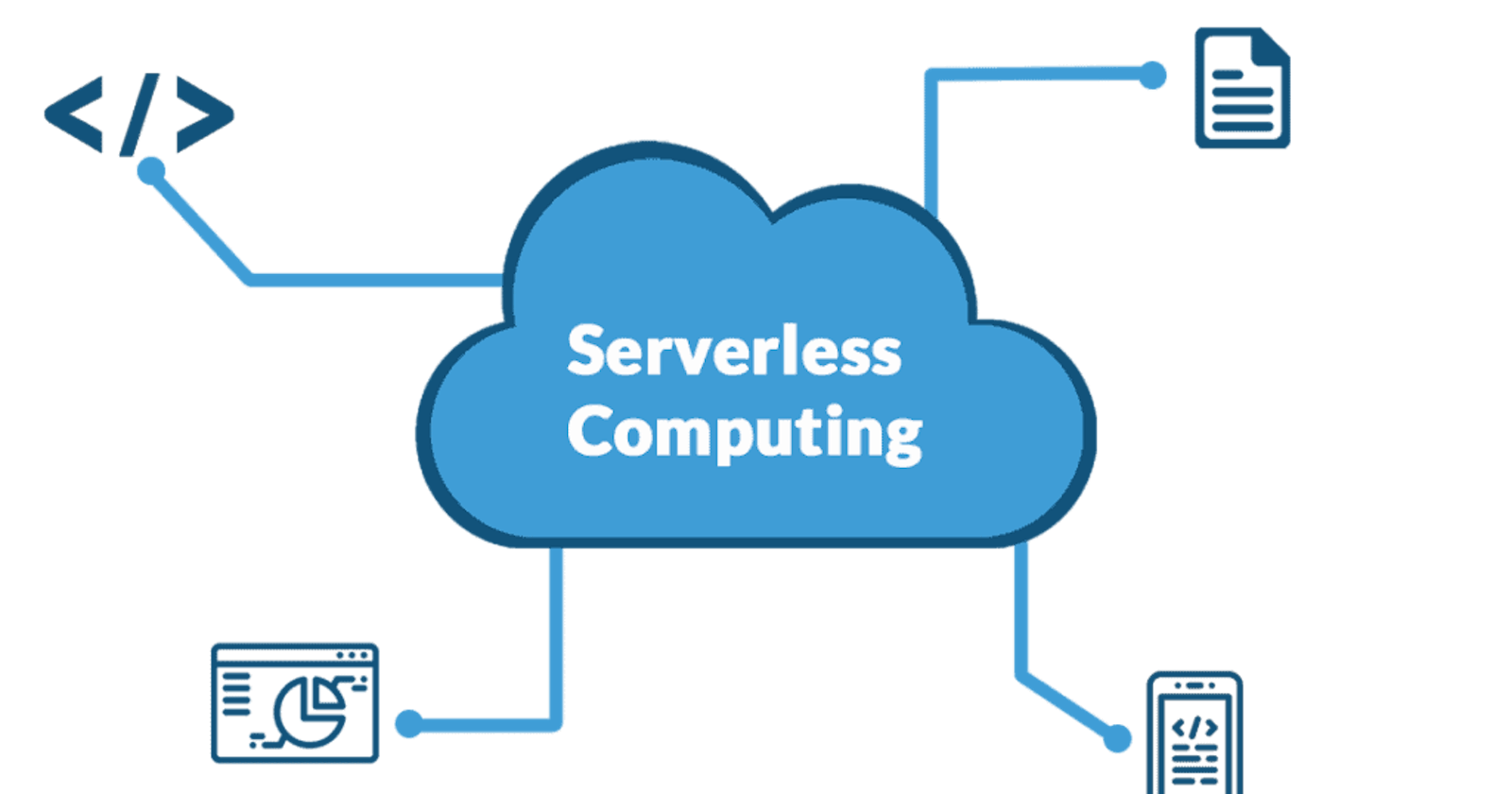Serverless computing, also known as Function as a Service (FaaS), allows developers to execute code without managing the underlying server infrastructure. In a serverless architecture, you write individual functions, and a cloud provider automatically handles the deployment, scaling, and maintenance of these functions.
Advantages of serverless computing include:
1. Cost Efficiency:You only pay for the computing resources used during the execution of functions, rather than maintaining a continuous server infrastructure.
2. Scalability:Serverless platforms automatically scale based on demand, ensuring optimal performance even during varying workloads.
3. Reduced Operational Complexity:
Developers can focus solely on writing code, as the cloud provider manages server provisioning, monitoring, and maintenance tasks.
4. Flexibility:
Functions are designed to be small, independent units of execution, making it easier to update and deploy specific features without affecting the entire application.
5. Automatic Scaling:
Serverless platforms automatically scale the number of function instances in response to incoming requests, ensuring consistent performance.
6. Event-driven Architecture:
Functions are triggered by events (such as HTTP requests, database changes, or file uploads), allowing for a more event-driven and reactive programming model.
7. Reduced Time to Market:
Developers can quickly deploy and update functions without the need to manage infrastructure, leading to faster development cycles.
However, serverless architectures may not be suitable for every use case, and considerations such as function execution duration, cold start latency, and potential vendor lock-in should be taken into account when deciding whether to adopt serverless computing for a specific application.
